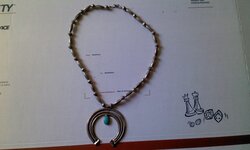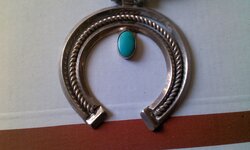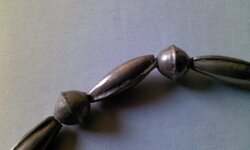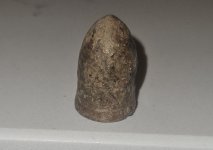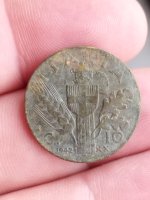palidin20603
Bronze Member
- Jul 16, 2011
- 1,861
- 602
- Primary Interest:
- All Treasure Hunting
It seems like a slam dunk score. I am nervous since it is not marked. It weighs in at 53 grams and the necklace is about 20 inches long. I bought it for $25. I still need to lookup exactly what it is and am debating just selling it as unmarked and untested. Let me know if you would have bought it and how you would list it. HH


